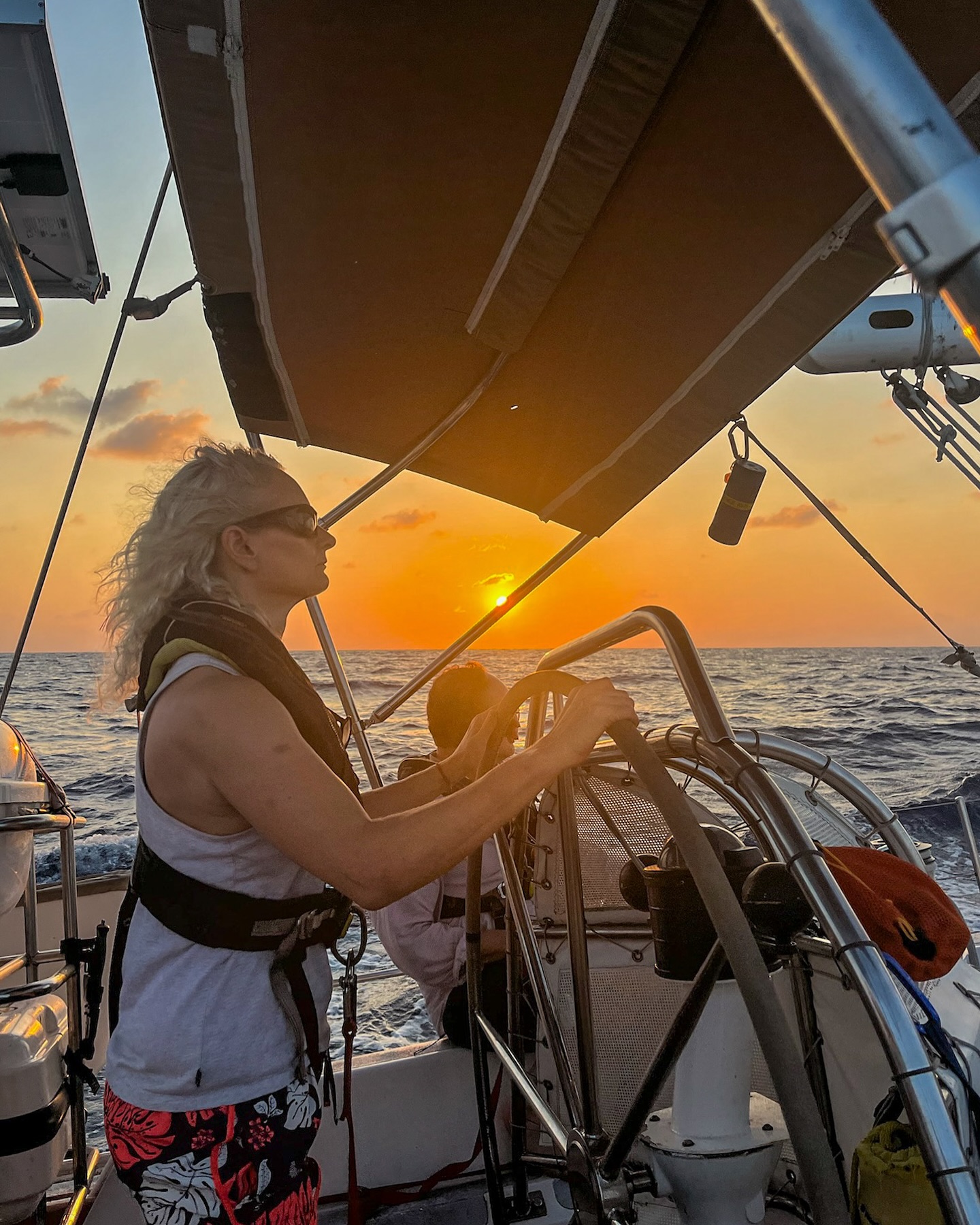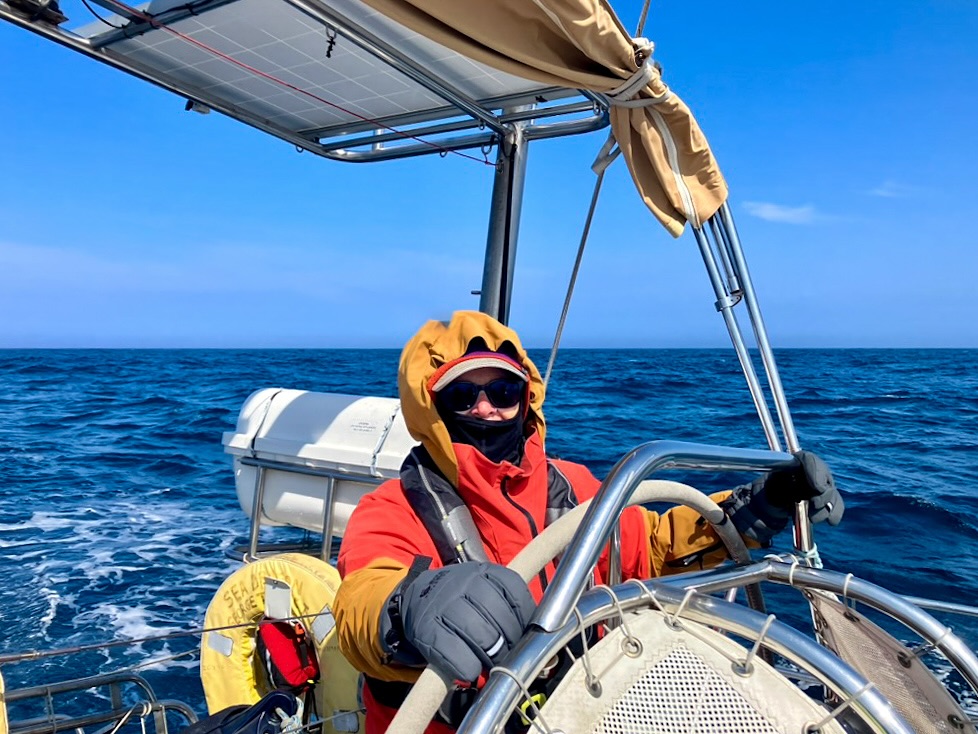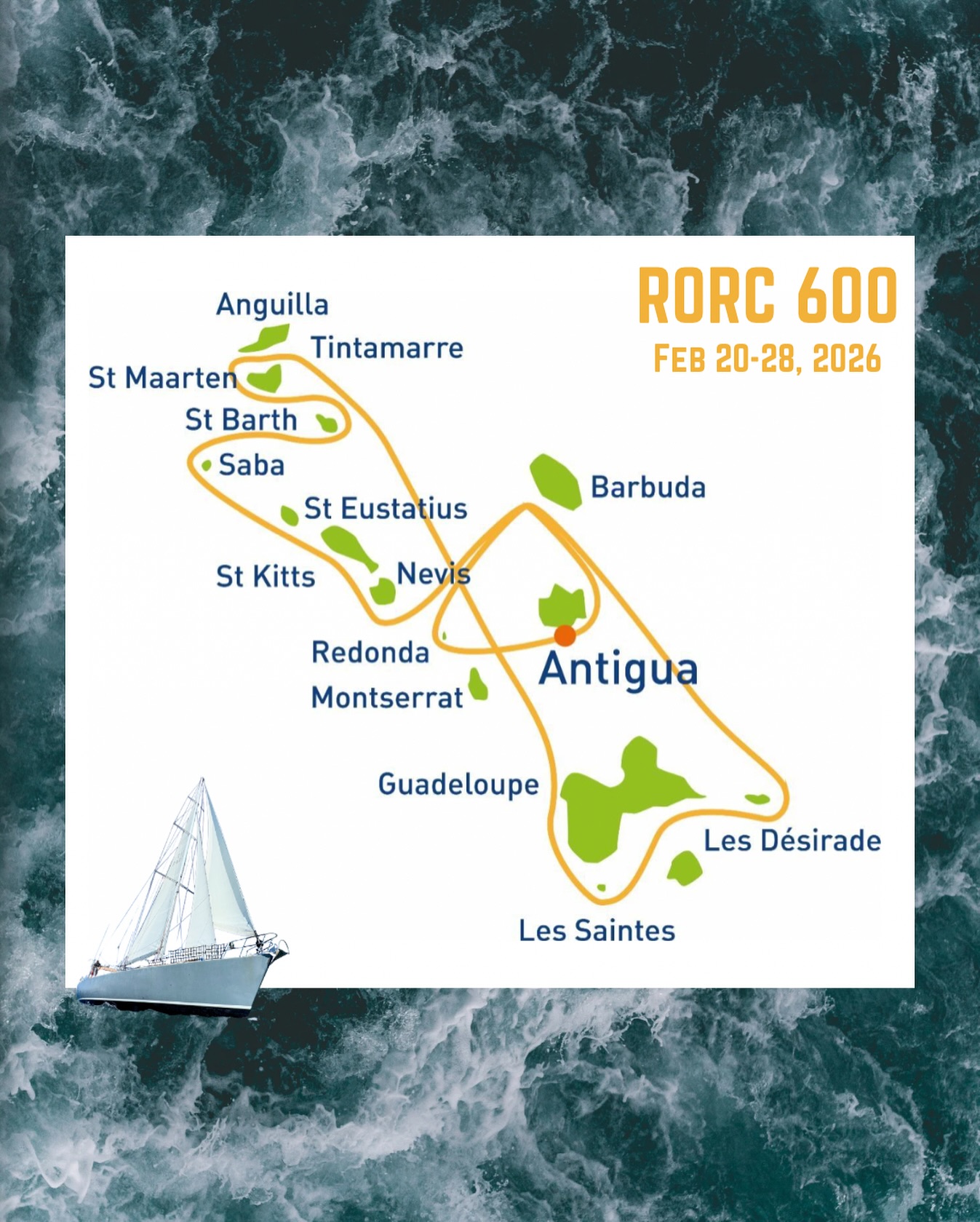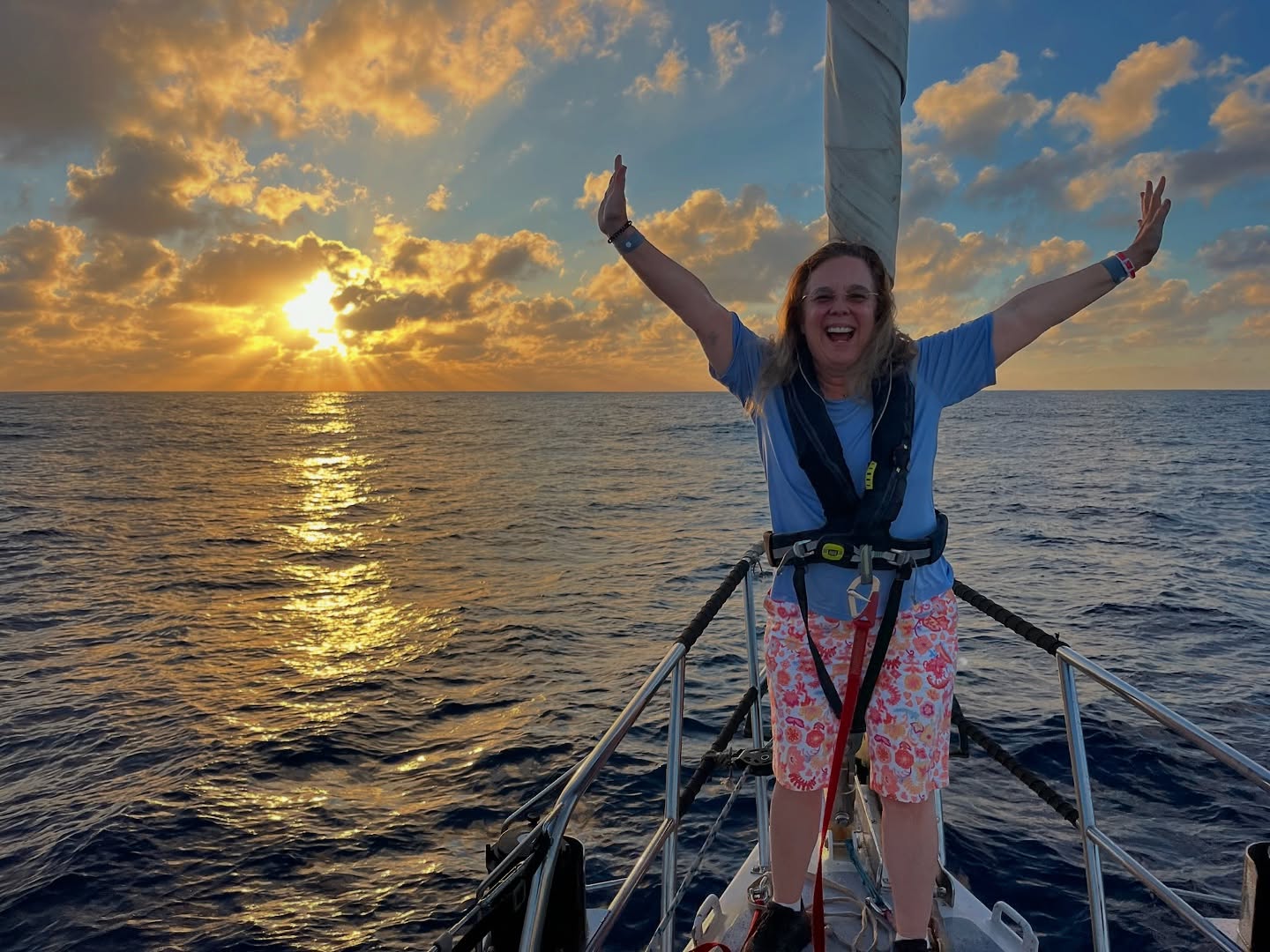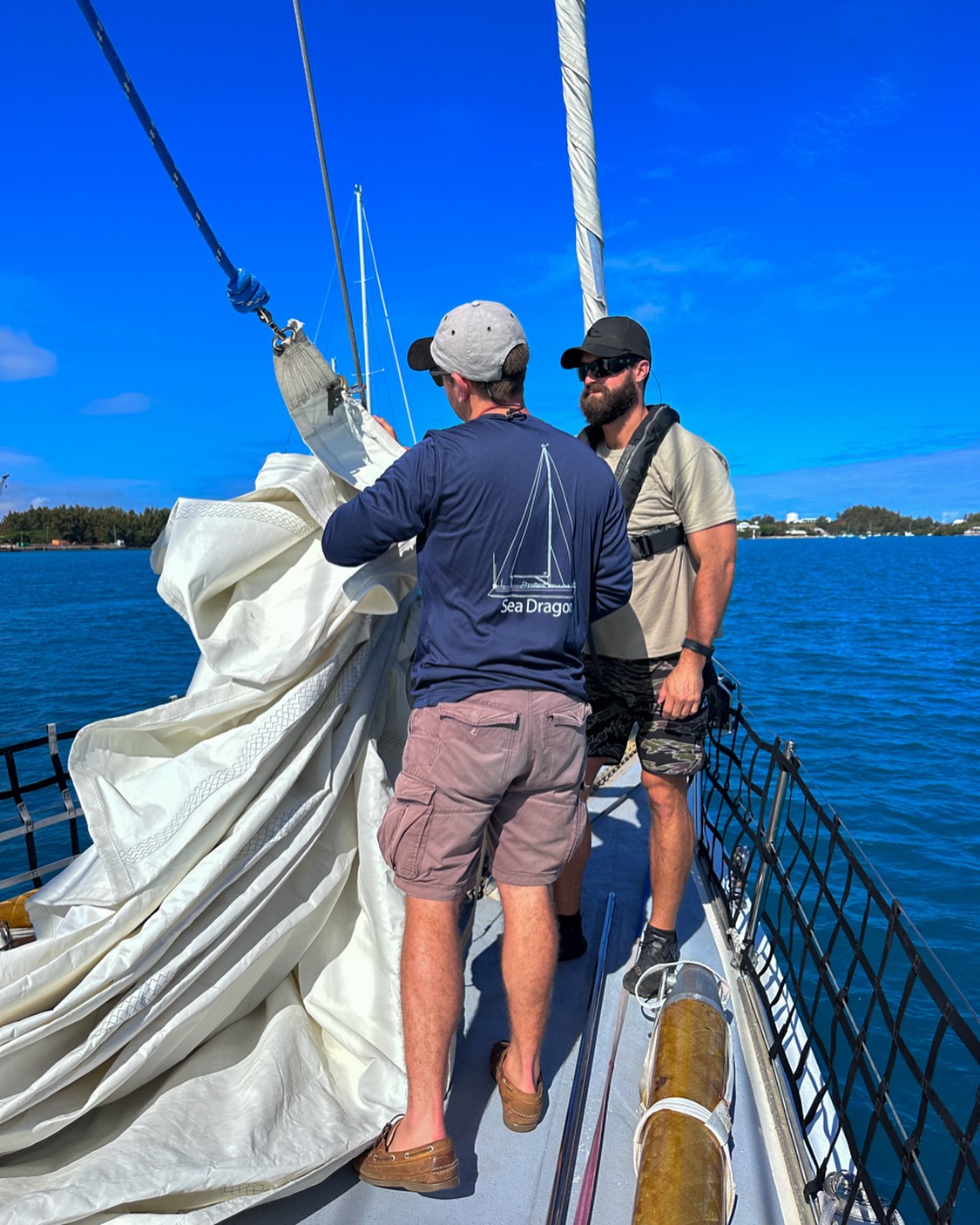The latest estimate of plastics afloat in our seas and oceans is put at 5.25 trillion pieces, weighing in at 250,000 tonnes. That, coupled with the fact that over 260 marine related species are known to be ingesting plastics from our oceans, and well documented evidence on the impacts of this ingestion on a wide variety of marine animals including zooplankton, makes man’s legacy a dirty one. However, it is not too late! We can change things.
Read MorePangaea
Gyre to Gaia II: Setting Sail
Sea Dragon slipped her mooring lines at 1230 this afternoon to start the latest Pangaea expedition, the Gyre to Gaia II, from Horta to Lanzarote in the Canaries. The distance is about 980 miles and should take us about 7 days.
Read MoreProject Ocean: Exploration to the Gyres
And this is what lies at the heart of Panagea Explorations, taking ordinary people out to sea, to witness and research the growing problem of marine plastic debris. And this is what lies at the heart of Selfridges’ exhibition also. A concept model of Sea Dragon is surrounded by five beautifully designed items, each of which are representations of the five ocean gyres, by artist duo Studio Swine.
Read MoreProject Ocean: Loops and Cycles
This post originally appeared on the ONCA blog here. By Laura Coleman, Onca Director There are cycles to this planet. We learn about them in school. Rock, carbon, water and nitrogen; they all flow in beautiful circles. But there’s something else that flows too. Waste. More specifically plastic, in the […]
Read MoreProject Ocean: A Sea Change
Our oceans are full of plastic, and fragments of fishing nets, bottle lids, microbeads and cotton buds are some of the most dangerous things that lurk in the deep. Yesterday was the first in a series of events this summer run by Selfridges Project Ocean, the Zoological Society London and a host of other amazing partners in the Ultralounge at Selfridges, in an effort to rethink the stories we tell ourselves about plastic.
Read MoreThe Ocean Cleanup: Greetings from the Azores
Nothing more shocking than feeling as if you are in the most remote part of the planet, and yet, seeing evidence of our footprint float by every day.
Read MoreThe Ocean Cleanup: Marine life sightings as we approach the Azores
After a great day of sailing and our last supper of our haute cuisine, we got – as a final touch – a little bird playing around in the last lights of the sunset. Now the sun made place again for the twilight that will slowly take us to our last ocean night with stars above us, leading the way, and lights underneath us in the water, carrying the boat back to land to Horta, Azores, Portugal.
Read MoreThe Ocean Cleanup: Underwater selfie
Today, due to the lack of wind and calm seas, we had a late afternoon swim call.
Read MoreThe Ocean Cleanup: Pfannekuchen, swimming, and bioluminescence
Starting off as a joke, the Dutch/German cooking team decided to make Pfannekuchen, the European predecessor of globally popular pancakes. Not thinking of the consequences we started at around 9:30 AM with the cooking, giving us 2.5 h to make approx. 40 Pfannekuchen for the 13 hungry sailors. Needless to say, frying Pfannekuchen on a sailboat rolling with the swell and waves is quite a treat.
Read MoreThe Ocean Cleanup: What I’ve Learned
Before starting this trip I had close to zero sailing experience and my sea voyages were a few ferry rides. After 2 weeks at sea I have learned and experienced so much it is hard to sum it all up.
Read MoreThe Ocean Cleanup: Final day of trawling
Last day of trawling today, and now we point straight for the Azores! 33 successful trawls under our belt.
Read MoreThe Ocean Cleanup: The ocean during night watch
Plastic pollution is more much important that I could ever imagine in deep waters. The trawlings today happened without any problem. Everybody seems confident for the utility of the research, so am I. We already have 297 samples for TOC to study. We are at the beginning of something big!
Read More












